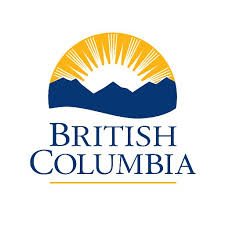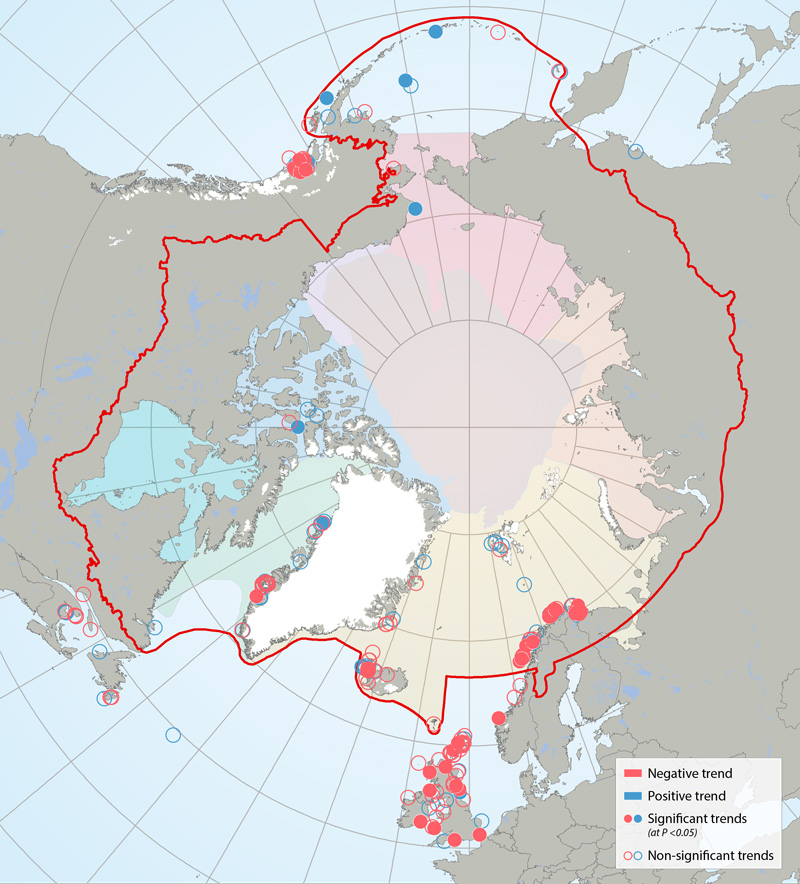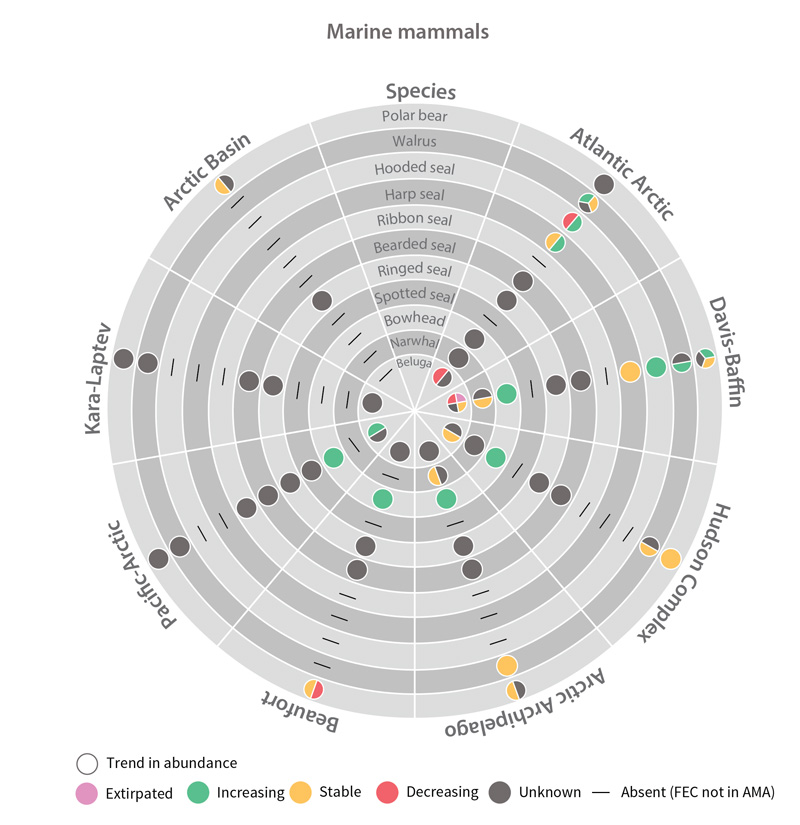oceans
Type of resources
Available actions
Topics
Keywords
Contact for the resource
Provided by
Years
Formats
Representation types
Update frequencies
status
Scale
Resolution
-

Bay Scale Assessment of Habitat in Bras d'Or Lake - River Denys 2005 - 2009 data is part of the publication Bay Scale Assessment of Nearshore Habitat Bras d'Or Lakes. A history of nearshore benthic surveys of Bras d’Or Lake from 2005 – 2011 is presented. Early work utilized drop camera and fixed mount sidescan. The next phase was one of towfish development, where camera and sidescan were placed on one platform with transponder-based positioning. From 2009 to 2011 the new towfish was used to ground truth an echosounder. The surveys were performed primarily in the northern half of the lake; from 10 m depth right into the shallows at less than 1 m. Different shorelines could be distinguished from others based upon the relative proportions of substrate types and macrophyte canopy. The vast majority of macrophytes occurred within the first 3 m of depth. This zone was dominated by a thin but consistent cover of eelgrass (Zostera marina L.) on almost all shores with a current or wave regime conducive to the growth of this plant. However, the eelgrass beds were frequently in poor shape and the negative impacts of commonly occurring water column turbidity, siltation, or possible localized eutrophication, are suspected. All survey data were placed into a Geographic Information System, and this document is a guide to that package. The Geographic Information System could be used to answer management questions such as the placement and character of habitat compensation projects, the selection of nearshore protected areas or as a baseline to determine long term changes. Vandermeulen, H. 2016. Video-sidescan and echosounder surveys of nearshore Bras d’Or Lake. Can. Tech. Rep. Fish. Aquat. Sci. 3183: viii + 39 p. Cite this data as: Vandermeulen H. Bay Scale Assessment of Nearshore Habitat Bras d'Or Lake - River Denys 2005 - 2009. Published May 2022. Coastal Ecosystems Science Division, Fisheries and Oceans Canada, Dartmouth, N.S.
-
Bay Scale Assessment of Nearshore Habitat Bras dOr Lake - Malagawash 2007 2008 data is part of the publication Bay Scale Assessment of Nearshore Habitat Bras d'Or Lakes. A history of nearshore benthic surveys of Bras d’Or Lake from 2005 – 2011 is presented. Early work utilized drop camera and fixed mount sidescan. The next phase was one of towfish development, where camera and sidescan were placed on one platform with transponder-based positioning. From 2009 to 2011 the new towfish was used to ground truth an echosounder. The surveys were performed primarily in the northern half of the lake; from 10 m depth right into the shallows at less than 1 m. Different shorelines could be distinguished from others based upon the relative proportions of substrate types and macrophyte canopy. The vast majority of macrophytes occurred within the first 3 m of depth. This zone was dominated by a thin but consistent cover of eelgrass (Zostera marina L.) on almost all shores with a current or wave regime conducive to the growth of this plant. However, the eelgrass beds were frequently in poor shape and the negative impacts of commonly occurring water column turbidity, siltation, or possible localized eutrophication, are suspected. All survey data were placed into a Geographic Information System, and this document is a guide to that package. The Geographic Information System could be used to answer management questions such as the placement and character of habitat compensation projects, the selection of nearshore protected areas or as a baseline to determine long term changes. Vandermeulen, H. 2016. Video-sidescan and echosounder surveys of nearshore Bras d’Or Lake. Can. Tech. Rep. Fish. Aquat. Sci. 3183: viii + 39 p. Cite this data as: Vandermeulen H. Bay Scale Assessment of Nearshore Habitat Bras d'Or Lake - Malagawash 2007 - 2008. Published May 2022. Coastal Ecosystems Science Division, Fisheries and Oceans Canada, Dartmouth, N.S.
-

This product displays for Anthracene, positions with values counts that have been measured per matrix and are present in EMODnet regional contaminants aggregated datasets, v2022. The product displays positions for all available years.
-

Phytoplankton counts (cell/L)) at the 3 fixed stations and some of the 46 stations grouped into Atlantic Zone Monitoring Program (AZMP) transects under Quebec region responsibility. Phytoplankton data counts at AZMP stations in June 2014, 2018 and 2019 are displayed as 5 layers: Diatoms, Dinoflagellates, Flagellates, Protozoans and Total Phytoplankton. Another layer displays the fixed stations Rimouski, Anticosti Gyre and Gaspe Current and the attached files contain the phytoplankton data acquired at those stations: a .png file for each one, showing time series of counts for the 5 groups, and a .csv file containing the data themselves (columns : Latitude,Longitude, Date(UTC), Depth_min/Profondeur_min(m), Depth_max/Profondeur_max(m), Diatoms/Diatomées(cells/L), Dinoflagellates/Dinoflagellés(cells/L), Flagellates/Flagellés(cells/L), Protozoans/Protozoaires(cells/L), Phytoplankton/Phytoplancton(cells/L)). Purpose The Atlantic Zone Monitoring Program (AZMP) was implemented in 1998 with the aim of increasing the Department of Fisheries and Oceans Canada’s (DFO) capacity to detect, track and predict changes in the state and productivity of the marine environment. The AZMP collects data from a network of stations composed of high-frequency monitoring sites and cross-shelf sections in each following DFO region: Québec, Gulf, Maritimes and Newfoundland. The sampling design provides basic information on the natural variability in physical, chemical, and biological properties of the Northwest Atlantic continental shelf. Cross-shelf sections sampling provides detailed geographic information but is limited in a seasonal coverage while critically placed high-frequency monitoring sites complement the geography-based sampling by providing more detailed information on temporal changes in ecosystem properties. In Quebec region, two surveys (46 stations grouped into transects) are conducted every year, one in June and the other in autumn in the Estuary and Gulf of St. Lawrence. Historically, 3 fixed stations were sampled more frequently. One of these is the Rimouski station that still takes part of the program and is sampled about weekly throughout the summer and occasionally in the winter period. Annual reports (physical, biological and a Zonal Scientific Advice) are available from the Canadian Science Advisory Secretariat (CSAS), (http://www.dfo-mpo.gc.ca/csas-sccs/index-eng.htm). Devine, L., Scarratt, M., Plourde, S., Galbraith, P.S., Michaud, S., and Lehoux, C. 2017. Chemical and Biological Oceanographic Conditions in the Estuary and Gulf of St. Lawrence during 2015. DFO Can. Sci. Advis. Sec. Res. Doc. 2017/034. v + 48 pp. Supplemental Information Phytoplankton samples are collected using Niskin bottles, preserved with acid Lugol solution and analysed according to AZMP sampling protocol: Mitchell, M. R., Harrison, G., Pauley, K., Gagné, A., Maillet, G., and Strain, P. 2002. Atlantic Zonal Monitoring Program sampling protocol. Can. Tech. Rep. Hydrogr. Ocean Sci. 223: iv + 23 pp.
-

The Canadian Hydrographic Service (CHS) Low Water Mark Lines provide alongshore and across-shore geomorphological and biological attributes of the low water mark shoreline. The lines are used in the CHS nautical charts to represent the level reached by sea water at low tide.
-

This dataset includes fifteen GeoTIFFs of Sea Surface Temperature (SST) organized into five distinct marine regions along Canada's Pacific coast, derived from Sentinel 3 satellite data for the period of April-September 2017. For each region, three GeoTIFFs are provided which represent the mean, maximum, and standard deviation values of SST (degrees Celcius). Jupyter notebooks with Python code used for data downloading and processing are also included for reference. The primary objective of this dataset is to provide detailed, regional spatial information on SST for key areas of Canada's Pacific coast, including the nearshore environment. The data can be used for various applications including species distribution modelling. This dataset is intended to fill the knowledge gap by providing high-resolution, spatially explicit regional SST data for Canada's Pacific coast. Existing datasets may not provide sufficient spatial resolution or may not include comprehensive statistical measures (mean, max, standard deviation) of SST for these specific areas. The dataset is structured by region. For each of the five regions, a set of three related GeoTIFFs is provided, representing the mean, max, and standard deviation of SST. Within each regional set, the three layers share the same spatial reference system, resolution, and extent, making them suitable for direct use in analytical stacks (e.g., for species distribution models). The Sentinel-3 satellites, part of the European Union's Copernicus Programme, are equipped with the Sea and Land Surface Temperature Radiometer (SLSTR) which measures SST among other parameters. The SST data products in this dataset are derived from Sentinel-3 satellite data. The intent of the data is to represent the marine environment and so a mask that excludes land was applied during data download and extraction. The SST data products have been resampled using a bilinear interpolation from their native resolution to a 20 m resolution to provide more detailed spatial information.
-

The Regional Deterministic Wave Prediction System (RDWPS) produces wave forecasts out to 48 hours in the future using the third generation spectral wave forecast model WaveWatch III® (WW3). The model is forced by the 10 meters winds from the High Resolution Deterministic Prediction System (HRDPS). Over the Great Lakes, an ice forecast from the Water Cycle Prediction System of the Great Lakes (WCPS) is used by the model to attenuate or suppress wave growth in areas covered by 25% to 75% and more than 75% ice, respectively. Over the ocean, an ice forecast from the Regional Ice Ocean Prediction System (RIOPS) is used: in the Northeast Pacific, waves propagate freely for ice concentrations below 50%, above this threshold there is no propagation; in the Northwest Atlantic the same logic is used as in the Great Lakes. Forecast elements include significant wave height, peak period, partitioned parameters and others. This system includes several domains: Lake Superior, Lake Huron-Michigan, Lake Erie, Lake Ontario, Atlantic North-West and Pacific North-East.
-

Trends in kittiwake colonies 2001-2010, based on linear regression with year as the explanatory variable. Slope of the regression is red = negative trend, blue = positive trend; shaded circle = significant trend (at p<0.05), open circle = non-significant trend. Non-significant deviation from zero could imply a stable population, but in some cases was due to low sample size and low power. Provided with permission from Descamps et al. (in prep). STATE OF THE ARCTIC MARINE BIODIVERSITY REPORT - <a href="https://arcticbiodiversity.is/findings/seabirds" target="_blank">Chapter 3</a> - Page 135 - Figure 3.5.3 This figure is compiled from data from researchers working throughout circumpolar regions, primarily members of the Circumpolar Seabird Group, an EN of CAFF/seabirds. Dr. Sebastien Decamps conducted the analysis and produced the original figure; the full results will be available in an article in prep titled: “Descamps et al. in prep. Circumpolar dynamics of black-legged kittiwakes track large-scale environmental shifts and oceans' warming rate.” [expected submission spring 2016]. Colony population trends were analyzed using a linear regression with the year as explanatory variable. Based on slope of the regression (which cannot be exactly 0) colonies are either Declining (Slope of the regression <0) or Increasing (Slope of the regression >0). (Colonies may have had a negative but not significant slope, and could be stable but for some others, the slope is not significant due to small sample size / low power; thus we cannot say that all colonies with a non- significant slope are stable. The threshold was put at 5% to assess the significance of the trend.
-

Seamounts have been identified as Ecologically or Biologically Significant Areas (EBSAs) due to their unique oceanography and ecology; they frequently serve as sites for fisheries and as habitat for a number of species of conservation concern. A mix of isolated seamounts and seamount complexes are distributed throughout Canada’s Pacific offshore waters, although only a subset of these are named. We used several pre-existing spatial databases and predictive models to map all named seamounts within Canada’s Exclusive Economic Zone (EEZ), all named seamounts fished by Canada in international waters, and any predicted (modelled) unnamed seamounts in the EEZ. These data are intended to inform marine planning initiatives in BC by providing collaborative, peer-reviewed scientific data at scales relevant to a BC coast-wide analysis.
-

Trends in abundance of marine mammal Focal Ecosystem Components across each Arctic Marine Area. STATE OF THE ARCTIC MARINE BIODIVERSITY REPORT - Chapter 4 - Page 182 - Figure 4.6
 Arctic SDI catalogue
Arctic SDI catalogue